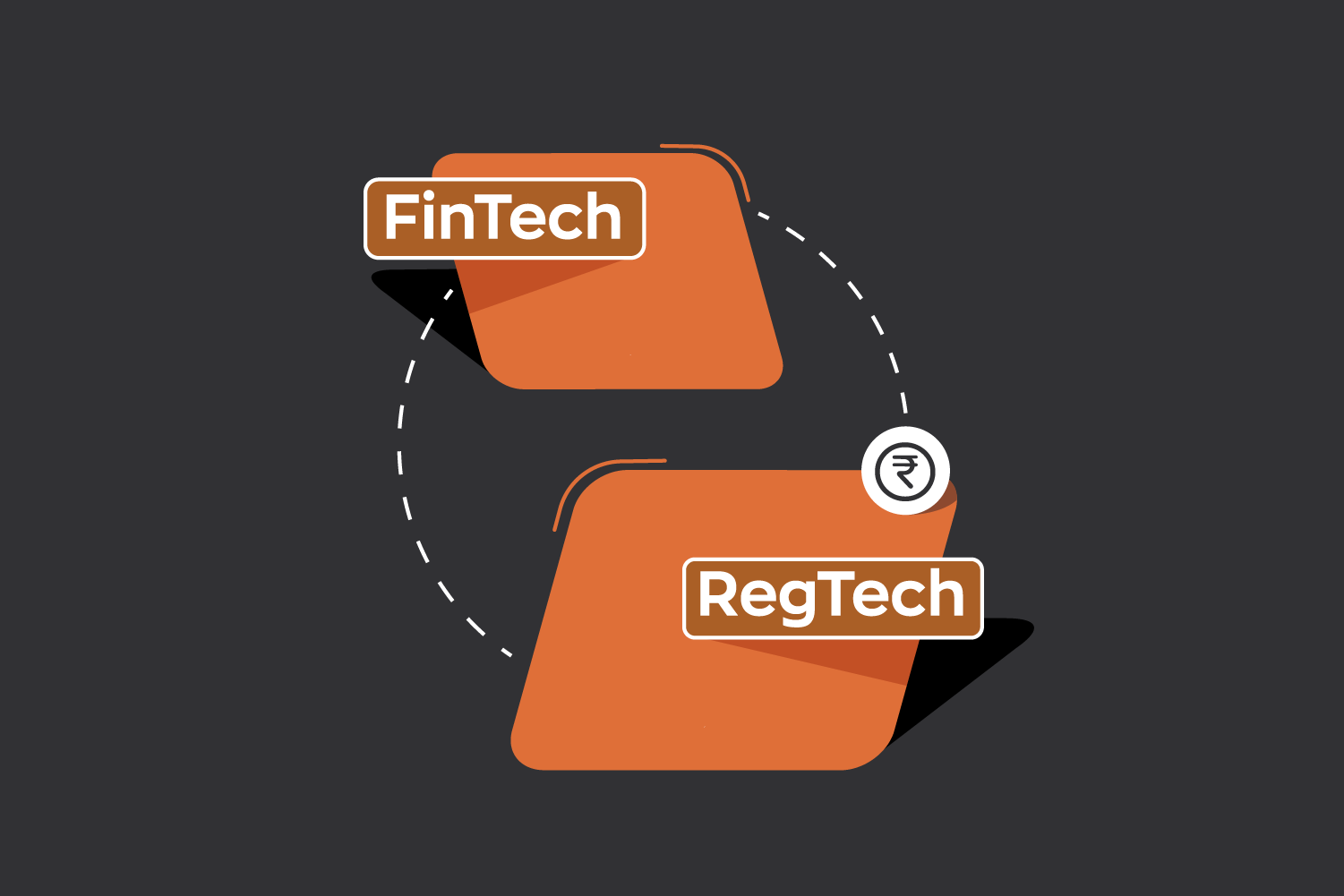Starting a business in India is an exciting journey filled with opportunities, but choosing the right business structure in India can make all the difference in the long run. From compliance requirements to taxation, legal liabilities, and capital needs—every aspect is influenced by the type of structure you choose.
Why Choosing the Right Business Structure Matters
Selecting a suitable business structure is crucial for operational efficiency, legal compliance, and sustainable growth. The structure you pick will affect:
- Liability exposure: Some entities limit your personal liability, while others do not.
- Tax implications: Different structures face different tax rates and compliance requirements.
- Ownership and control: The structure dictates how decisions are made and who has the final say.
- Compliance burden: Registration, reporting, and procedural requirements vary among entities.
Before settling on any structure, consider your long-term goals, capital needs, and the level of legal compliance you’re ready to manage.
Sole Proprietorship
A Sole Proprietorship is the simplest form of business in India. It is owned and managed by a single individual, making it ideal for small-scale operations or freelancers.
Key Features
- Ownership: A single person owns the business and makes all key decisions.
- Legal status: The proprietor and the business are considered the same entity under the law.
- Liability: The owner is personally liable for all debts, as there is no separation of personal and business assets.
- Taxation: Income is taxed as part of the owner’s personal income, which simplifies tax filings but can increase personal liability.
| Advantages | Challenges |
| Complete control over decision-making | Unlimited personal liability |
| Easy to start and manage with minimal paperwork | Limited capital-raising capacity |
| Profits belong solely to the owner | Business losses or legal recoveries can lead to the attachment of personal properties. |
Who should choose it?
Entrepreneurs who want to test a business idea with minimal compliance, especially freelancers or small traders looking for straightforward operations, can benefit from starting as sole proprietors.
Partnership Firm
A Partnership Firm is formed when two or more individuals enter into an agreement to run a business together and share profits and losses.
Key Features
- Ownership: Ownership is divided among partners based on the partnership deed.
- Legal status: A partnership firm is not a separate legal entity, which means partners bear personal liability.
- Liability: Partners share unlimited liability unless they choose structures like an LLP (Limited Liability Partnership).
- Taxation: The income of a partnership business and its partners is taxed separately. The firm files its tax return separately, and partners file personal tax returns declaring their share of profits or salary from the partnership, along with any other income.
- Registration: Under the Indian Partnership Act, 1932, partnership registration is recommended. Non-registered firms may face legal constraints, such as the inability to enforce rights stated in an unregistered partnership deed.
- Number of partners: In a regular partnership firm, the maximum number of partners is typically 20 (10 for banking businesses), though this can vary if one opts for an LLP structure instead.
Partnership deed
A legal document that outlines the roles of each partner, profit-sharing ratios, and other operational details.
| Advantages | Challenges |
| Simple to set up and operate | Unlimited liability can put personal assets at risk |
| Shared capital, skills, and workload among partners | Disputes may arise due to shared decision-making |
| Fewer formalities compared to companies | Expansion can be challenging in traditional partnerships |
Who should choose it?
Small to medium-sized business owners who need collaboration, shared skills, and pooled capital without the complexity of forming a company often opt for a partnership firm.
Limited Liability Partnership (LLP)
A Limited Liability Partnership (LLP) is a hybrid structure that combines the benefits of a traditional partnership with the limited liability of a company.
Key Features
- Ownership: LLPs are owned by designated partners who have defined rights and responsibilities.
- Legal status: An LLP is a distinct legal entity separate from its partners.
- Liability: Partners’ liabilities are capped by their agreed contribution, offering personal asset protection.
- Taxation: LLPs are taxed in a manner similar to traditional partnerships but enjoy the benefit of limited liability.
- Governing law: LLPs in India are governed by the Limited Liability Partnership Act, 2008, and regulated by the Ministry of Corporate Affairs (MCA).
| Advantages | Challenges |
| Limited liability protection for partners | Cannot raise equity capital from public |
| Separate legal entity ensures business continuity | More compliance than a standard partnership |
| Flexible structure, easy to bring new partners on board | Can face higher compliance costs than a Sole Proprietorship |
Who should choose it?
Entrepreneurs seeking a partnership model but wanting liability protection can opt for a Limited Liability Partnership (LLP). It is ideal for professional service firms and growing businesses that require a credible legal entity.
Private Limited Company (Pvt. Ltd.)
A Private Limited Company is India’s most popular business structure for startups and medium-sized businesses. It offers limited liability and a separate legal entity, enabling companies to raise capital from investors.
Key Features
- Ownership: Shares are held by private investors (often founders and early-stage backers).
- Legal status: The company and its shareholders exist separately in the eyes of the law.
- Liability: Shareholders risk losing only the amount they invested in company shares.
- Taxation: Private Limited Companies pay corporate taxes and must meet various reporting and audit requirements.
- Minimum and maximum members: A Private Limited Company must have at least 2 and can have up to 200 shareholders.
- Directors: It must have at least 2 directors.
| Advantages | Challenges |
| Allows for investment through equity and venture capital | Higher compliance and maintenance costs compared to Partnerships or LLPs |
| Limits personal liability | Requires more rigorous annual filings and adherence to company law |
| Enhances credibility and brand image, especially with investors | Restrictive share transfer regulations for private companies |
Who should choose it?
Ambitious entrepreneurs and startups looking to attract venture capital or private equity funding who can handle the higher compliance requirements can register a Private Limited Company (Pvt. Ltd.).
One Person Company (OPC)
Introduced under the Companies Act, 2013, a One Person Company (OPC) merges the benefits of a Sole Proprietorship and a Private Limited Company. It allows a single entrepreneur to enjoy limited liability with a separate legal identity.
Key Features
- Ownership: A single individual is the shareholder and director, holding complete control over the company.
- Legal status: An OPC is treated as a separate legal entity, distinct from the owner.
- Liability: The liability is limited to the subscribed share capital, protecting the owner’s personal assets.
- Taxation: An OPC is taxed similarly to a Private Limited Company, though compliance requirements are slightly relaxed.
| Advantages | Challenges |
| Limited liability ensures personal asset protection | Cannot raise funds through equity as there is only one shareholder |
| Retains operational simplicity with a single-owner | Conversion to a Private Limited Company is required once turnover exceeds threshold |
| Clear business ownership and accountability | Fewer compliance formalities than a Pvt. Ltd. |
Who should choose it?
Solo entrepreneurs who want a formal corporate structure with limited liability, especially consultants, online business owners, and single-founder startups, can opt to register an OPC.
Public Limited Company (Ltd.)
A Public Limited Company can offer its shares to the general public, making it ideal for businesses that aim to raise large capital from equity markets.
Key Features
- Ownership: The general public can become shareholders by purchasing shares on the stock market (if listed).
- Legal status: A Public Limited Company exists independently of its shareholders.
- Liability: Shareholders’ liability is limited to the amount they invest in shares.
- Taxation: Public Limited Companies are subject to corporate tax and must comply with stringent regulations under the Companies Act, 2013.
- Minimum and maximum members/directors: A Public Limited Company must have at least 7 shareholders and 3 directors. There is no upper limit on the number of shareholders.
| Advantages | Challenges |
| Access to substantial capital through public investment | Stringent regulatory requirements and public disclosures |
| Limited liability for shareholders | High compliance costs, including listing fees and multiple regulatory checks |
| Enhanced credibility, brand recognition, and public trust | Requires greater transparency and accountability |
Who should choose it?
A Public Limited Company is the preferred choice of established businesses with robust growth and expansion plans requiring significant capital infusion and ready to meet extensive compliance standards.
Cooperative Society
A Cooperative Society is formed by a group of individuals who come together to address common economic, social, or cultural needs through a jointly-owned enterprise.
Key Features
- Membership: Each member has one vote, regardless of capital contribution, ensuring democratic governance.
- Legal status: It is registered under the Cooperative Societies Act, making it a separate legal entity.
- Liability: Liability is limited, protecting members’ personal assets.
- Profit distribution: Earnings are typically distributed among members or reinvested to benefit the community.
- Governing law: Cooperative Societies are generally governed by either the State Cooperative Societies Act (at the state level) or the Multi-State Cooperative Societies Act, 2002 (if the society operates in more than one state).
Democratic Voting
One member, one vote—this principle is fundamental to cooperatives.
| Advantages | Challenges |
| Promotes collective welfare and community benefit | Decision-making can be slow due to democratic processes |
| Limited liability for members | Focus is on member welfare rather than high returns on external capital. |
| Transparent management with equitable voting rights | Success relies heavily on active involvement from all members |
Who should choose it?
Groups with a shared community interest or social objective, looking to pool resources and manage them democratically, can incorporate a Cooperative Society.
How to Choose the Right Structure
Choosing the right business structure depends on multiple factors:
- Size and nature of the business: Small businesses or freelancers might prefer Sole Proprietorship or OPC. Medium to large ventures often lean towards Private Limited or Public Limited structures.
- Ownership style: A Partnership or LLP may be ideal if applicants want collaborative decision-making.
- Capital requirements: For large-scale funding, businesses can consider Private Limited or Public Limited structures.
- Risk and liability tolerance: If minimizing personal liability is a priority, some opt for LLP, OPC, or Company structures.
- Compliance readiness: Evaluate the time and resources you can dedicate to regulatory formalities.
India offers a variety of business structures that cater to different needs, from small, single-owner setups to large public enterprises. Selecting the right entity is an investment in your venture’s future, influencing everything from day-to-day operations to long-term growth potential. While the registration and compliance procedures may seem daunting, they serve to protect both your business and personal assets.
If you’re planning to start or restructure a business in India, take time to carefully weigh your options. It is advisable to consult legal and financial experts to ensure you’re on the right path. With the correct structure, your business will be primed to operate efficiently, attract investment, and chart a path of sustainable success.



0 Comments